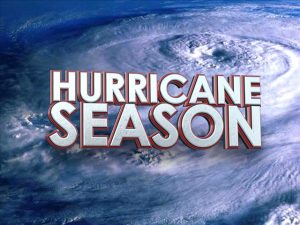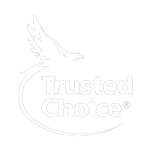 Courtesy of iii.org
Courtesy of iii.org
No business is totally immune from disaster. Every year, businesses temporarily shut downor close foreverbecause of a disaster such as a flood, fire or hurricane. Forty percent of businesses do not reopen after a disaster and another 25 percent fail within one year, according to the Federal Emergency Management Agency (FEMA).
Fortunately, you can take proactive steps to mitigate the impact of a disaster on your business. In addition, carrying adequate insurance coverage can help your business get back on its feet quickly.
Disaster preparation
Householdsespecially in areas prone to hurricanes, tornadoes and earthquakesoften prepare for disasters by storing extra supplies, having an evacuation plan, and learning about emergency resources. Businesses similarly want to prepare, with a focus on restoring your operations as soon as possible and minimizing your losses. To prepare adequately for a disaster, take the following steps:
- Develop a formal written planSometimes called a “Disaster Recovery Plan” or “Business Continuity Plan,” this document should detail how your business will respond to and recover from a disaster, including temporarily relocating your business. The National Fire Protection Association (NFPA) has developed a National Preparedness Standard for developing a plan. Some businesses also develop specific plans to protect and recover their information technology (IT) infrastructure. In today’s era of cloud computing, it is increasingly easier to back up data offsite.
- Train employeesShare your Disaster Recovery Plan with employees, assign responsibilities, and offer training so that your workforce can help your business recover. You may also want to conduct drills to assess and improve response.
- Store emergency suppliesKeep flashlights, a first-aid kit and a battery-powered radio on hand at your business. Depending on its location, you may even want to store food, water and blankets. As feasible and needed, consider stocking equipment that can help your business return to operations, such as a generator.
- Maintain key information offsiteTo get your business up and operating again after a disaster, you’ll need to be able to access critical business information. In addition to backing up computer data, keep an offsite list of your insurance policies, banking information and the phone numbers of employees, key customers, vendors and suppliers, your insurance professional and others. You’ll also want to maintain an inventory of your business equipment, supplies and merchandise; you may want to photograph items as well.
Disaster response and recovery
After a disaster, you’ll want to put your Disaster Recovery Plan into action. Read the Insurance Information Institute’s “Best Practices for Filing a Business Insurance Claim,” which details several steps to control damage and recover costs. In the immediate aftermath of a disaster, take the following actions as appropriate:
- Secure your building, boarding up entry points if necessary.
- Make temporary repairs, especially to minimize further damage, such as placing a tarp over a hole in your roof.
- Relocate salvageable equipment and property to a safe, protected location.
- Inspect your property and keep a detailed list of damages; take photos to document damage.
- Clean up your property, taking care to wear safety gear such as gloves and protective eyewear. If feasible, save damaged property in case it needs to be inspected by your insurance adjuster.
- Contact your insurance professional and your insurer to begin the claims process.
- Keep receipts of all expenses related to the disaster.
Once you’ve secured your property and taken other immediate steps, you can begin to focus on making your business operational once again. You should lay the groundwork for restarting operations in your Disaster Recovery Plan. Issues to consider include:
- LocationShould you open a new temporary location or can you operate from your home or use the facilities of a partner or even friendly competitor?
- CommunicationsHow will you communicate with your employees, customers, vendors and suppliers?
- Insurance claimsIn addition to filing a property claim, you’ll want to file a business interruption insurance claim, if you carry this type of coverage. This insurance will help you cover costs of relocating as well as lost income.



